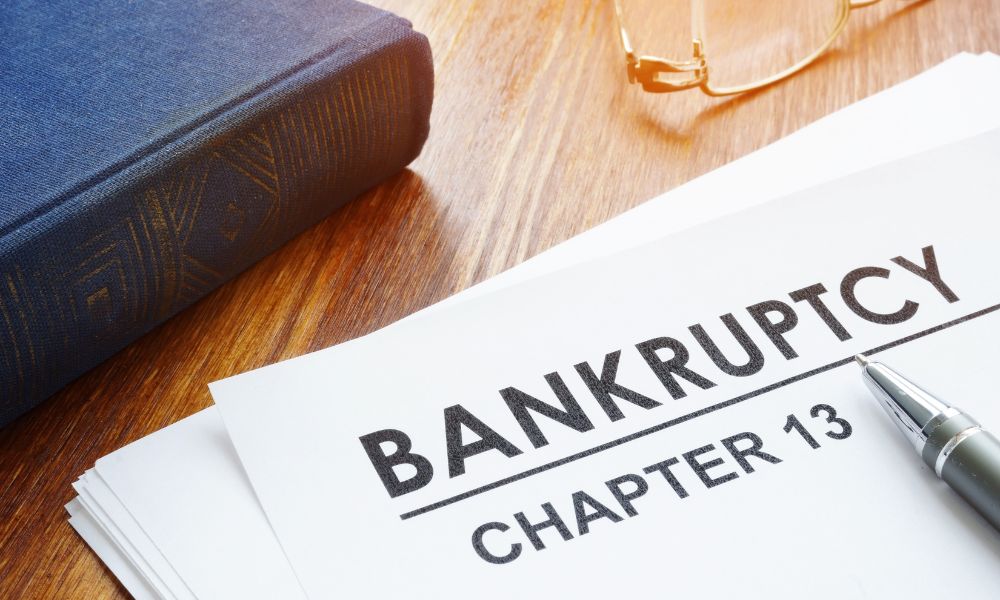
Navigating the complexities of filing bankruptcy in Iowa might seem daunting, but we’re here to break it down for you. In Iowa, the bankruptcy process starts at the Iowa bankruptcy court, where individuals can file for Chapter 7 or Chapter 13 bankruptcy. Chapter 7 involves liquidating assets and discharging debts, while Chapter 13 allows for a repayment plan to settle debts over time. Understanding these options is crucial to making an informed decision.
It’s essential to prepare thoroughly before filing. We’ll guide you through gathering the necessary financial documents and completing mandatory credit counseling sessions. Engagement with the Iowa bankruptcy court requires accuracy and attention to detail, making legal assistance a valuable asset during this process.
Finally, filing bankruptcy in Iowa presents an opportunity for a fresh start, free from overwhelming debt. As we explore the intricacies of this legal path, our aim is to provide clarity and support throughout the journey.Lear more about Filling Bankruptcy in Iowa
Understanding Bankruptcy in Iowa
In Iowa, individuals and businesses can seek bankruptcy relief through various procedures. Key aspects include the types of bankruptcy available, eligibility criteria, protections for assets, and the detailed filing process.
Types of Bankruptcy
In Iowa, the most common bankruptcy types are Chapter 7 and Chapter 13. Chapter 7 Bankruptcy involves liquidating non-exempt assets to pay off creditors. It is suitable for individuals with limited income and significant unsecured debt. Chapter 13 Bankruptcy, on the other hand, allows for a repayment plan over three to five years. This plan can help debtors keep their homes and cars while paying off debts.
The choice between Chapter 7 and Chapter 13 depends on individual circumstances. We should consider income, asset ownership, and the ability to repay debts over time.
Bankruptcy Eligibility and Means Test
Eligibility for Chapter 7 involves passing a means test, which examines our income relative to the state median. This calculation determines whether we have sufficient disposable income to repay debts under Chapter 13. If our income is above the median, Chapter 7 may not be an option, and we might need to explore Chapter 13.
To file, we must complete credit counseling from an approved agency within 180 days before filing. This requirement ensures we understand the implications of filing for bankruptcy and explore alternatives.
Exemptions and Protected Assets

Exemptions in Iowa allow us to protect certain assets from creditors during bankruptcy. Iowa exemptions cover essential items, including a homestead, vehicle, and personal items. We can also exempt a portion of wages and certain benefits, such as Social Security.
Understanding the exemptions is crucial to maximizing protection of our assets. We should carefully review state-specific rules and consider consulting with a legal professional to determine the best strategy for preserving our property during the process.
Bankruptcy Filing Process
The filing process begins with preparing necessary documents, including bankruptcy forms and a credit report. We must submit these along with a filing fee to the Southern District of Iowa. Once submitted, an automatic stay is enacted, preventing creditors from pursuing collection activities against us.
The Federal Judiciary oversees our case, ensuring the correct procedures are followed. Throughout the proceeding, we attend a meeting of creditors, where creditors can ask questions about our financial situation. This process requires careful preparation and documentation to ensure compliance with the U.S. Bankruptcy Code.
After Filing for Bankruptcy
Once we file for bankruptcy in Iowa, several essential steps follow. We must attend the 341 meeting and work closely with the bankruptcy trustee while diligently managing our obligations and documents throughout the process.
Meeting of Creditors and Trustee’s Role
The 341 meeting, also known as the Meeting of Creditors, is a key event after filing for bankruptcy. We will meet our bankruptcy trustee, who examines our paperwork, including tax returns and bank statements, to ensure everything is accurate and complete.
Creditors may attend, although they rarely do. Our trustee will ask questions to confirm our identity and discuss our financial situation. It’s vital to answer truthfully since this information impacts our bankruptcy process.
Managing Your Bankruptcy
Managing our bankruptcy primarily involves staying organized and responsive. This means adhering to deadlines, such as submitting our Chapter 13 repayment plan if applicable, and ensuring our tax returns and bank statements are up to date. We must also keep track of important documents like the mailing matrix and schedule I.
It’s crucial that we continue our debtor education courses, as they provide valuable insights into managing finances after bankruptcy. Staying in touch with our attorney can also help us navigate any complexities that arise.
Completing the Bankruptcy Process
To complete the bankruptcy process successfully, we must fulfill all requirements set by the bankruptcy court. This includes resolving any objections from creditors and implementing our confirmed repayment plan for Chapter 13, or liquidating assets for Chapter 7 if required.
After meeting these conditions, the court will discharge the debts. We should monitor any ongoing obligations, such as payments to secured creditors or resolving wage garnishments. Upon completion, it’s essential that we take steps to rebuild our financial standing and credit.




